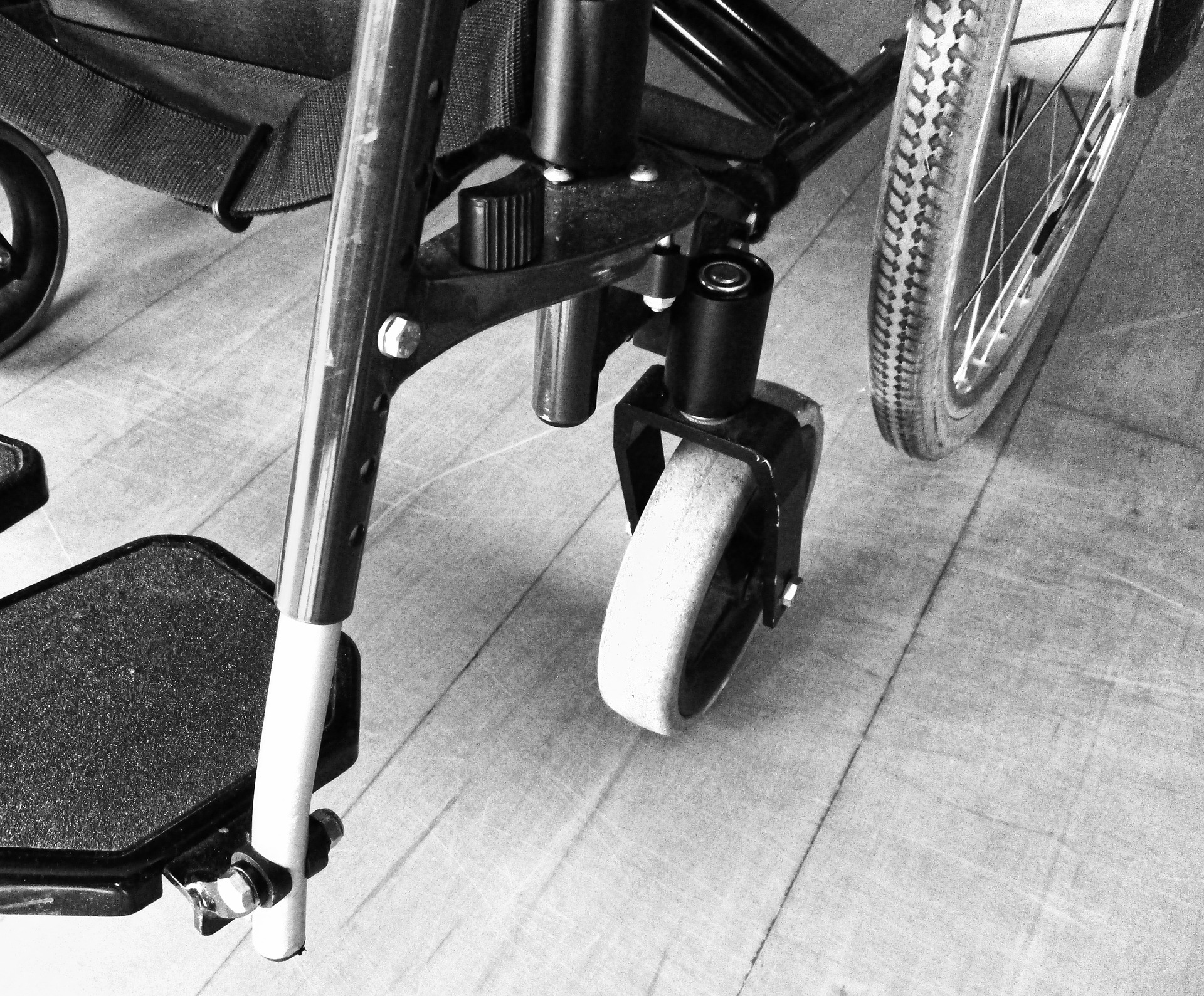The causes can vary, as can the effects on the body, and the treatments needed. But one thing that never changes, is that a serious spinal cord injury will have a traumatic effect on its victim and their family.
According to The Praxis Institute (formerly the Rick Hansen Institute), over 86,000 people are living with spinal cord injury in Canada. And nearly half of those are the result of a traumatic injury.
Traumatic spinal cord injury (SCI) can be caused by a number of factors, the most common being:
- Motor vehicle accidents
- Sports injuries
- Falls (e.g. slip and fall, falls from height – commonly in the workplace)
Currently, about 4,300 new cases of spinal cord injury are reported in this country every year, with about 40% of those a result of traumatic injury.
Unfortunately, these numbers are expected to rise in the next decade, with about 6,400 new cases predicted in 2030, and total numbers of SCI cases across the country rising to over 120,000.
There is currently no means of reversing the damage from a spinal cord injury, but standard treatments to help alleviate symptoms and improve mobility can range from medication and rehab, to surgery.
The medical community, though, is constantly working on new technologies and treatments, with four of the most interesting and promising making headlines in 2019:
1. EpiPen for the Central Nervous System
Researchers at the University of Michigan have developed an injection of nanoparticles that could be used after bodily trauma, to prevent immune cells from reaching the trauma location. This could eliminate paralysis in some spinal cord injuries. They liken it to an EpiPen.
Lonnie Shea, the biomedical engineer and professor who headed up the study, says they’re basically preventing the body’s immune response from “overreacting”, redirecting the cells to work for the victim, rather than against them in the cases of these spinal cord traumas.
2. Spinal Stimulator Implant
For those who have already suffered paralysis from a spinal cord injury, hope for the future comes in the form of a spinal stimulator implant that uses electrodes to send signals to nerves in the lower spine.
Calgary neuroscientist Aaron Phillips led the program, conducted in Minneapolis (as Canada has yet to approve the device). 14 paralysis patients have received the implant, and they’ve been able to improve such things as bowel and bladder control, while some have even been able to move their legs for the first time since their paralysis.
“I would say that it’s the only therapy in [the last] 50 years of trials that’s shown such significant promise for people with spinal cord injury,” said Phillips. “I’m excited because I’m seeing people have life-changing experiences … and recovery of function that they didn’t expect to have.”
3. Nerve Transfer Surgery
Another breakthrough spinal cord injury treatment was seen in Australia, where surgeons performed nerve transfer surgery which was able to restore some upper limb function to 13 of 16 young adult quadriplegics who underwent the procedure.
This is different from tendon transfer surgery, which has been used to take parts of working muscles from another part of the body and transfer them to act in place of the paralyzed muscles. This new procedure sees the nerve transfer reactive the damaged muscle itself.
4. Exoskeletons
No, we’re not talking about movie villains or mechanical superheroes. In real life, an exoskeleton is essentially a “wearable machine” that transfers weight and load-bearing from the human wearing it, to the external motorized limbs attached to the metallic frame.
They’ve been used in a number of real-life applications already; Now, it’s being applied to spinal cord injury victims. A Berkeley robotics lab has developed a pair of wearable robotic legs that work by the user simply shifting their weight to one side or the other. Electronic motors are engaged, and a mechanical walking motion is created.
The stuff of science fiction and Hollywood in the past, is now being used to help improve the lives of those who’ve suffered a traumatic spinal cord injury.
But any of these or other more standard treatments cost a substantial amount of money. Medical and financial support is needed immediately. Horowitz Injury Law has the compassion and expertise to ensure that their clients get the service they need in such a trying time.
Brian A. Horowitz has nearly 35 years’ experience dealing with traumatic spinal cord injury claims, and getting clients the compensation they deserve so that they can lead their best life in such tragic circumstances.
Call now for a free consultation: 416-925-4100.




